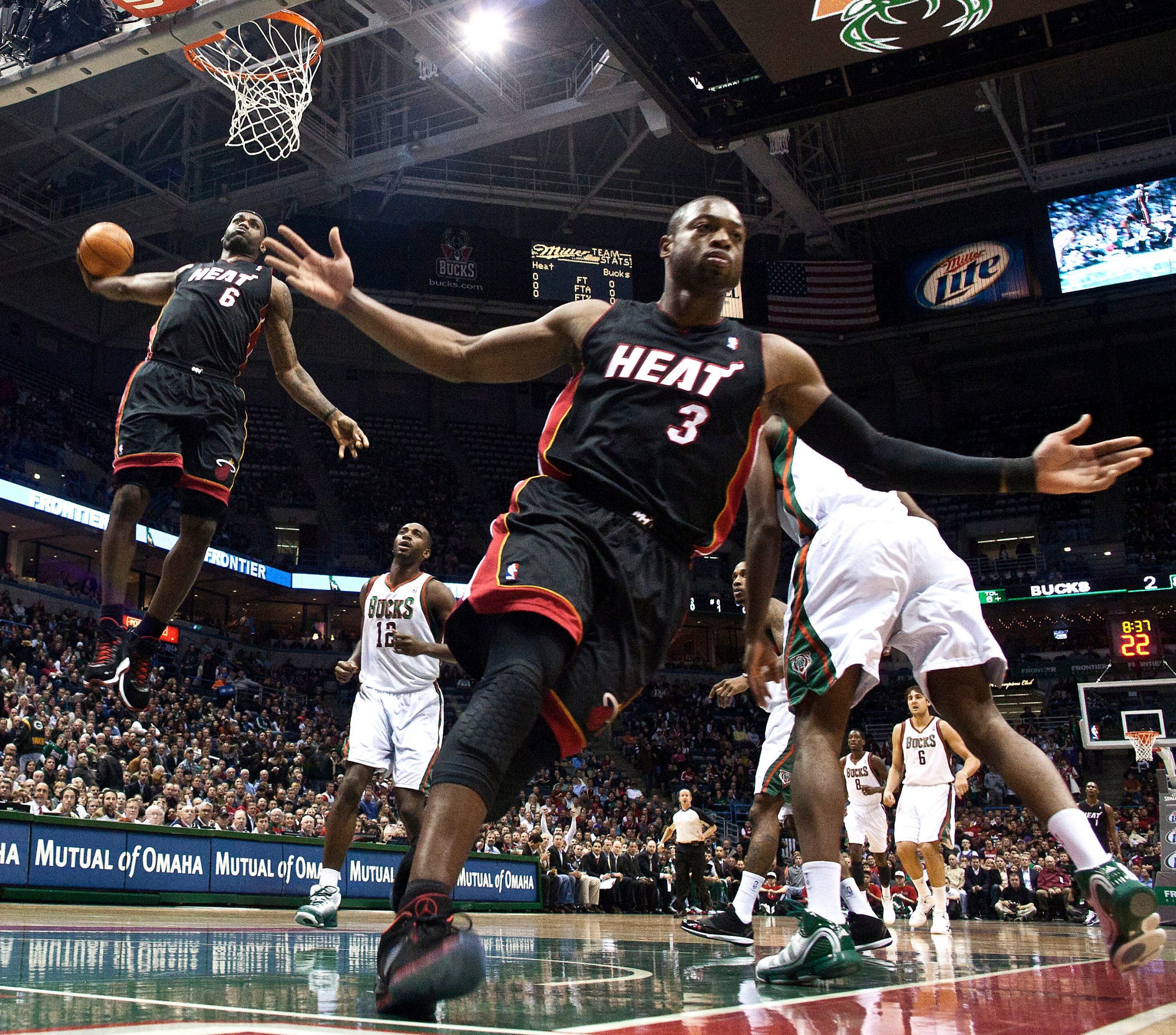
- Nike made over $12 billion in sales in its most recent quarter, earning over $1.5 billion in profit.
- The company took advantage of a strong consumer market to deliver the best performance in its history.
- "These are times when strong brands can get stronger," CEO John Donahoe said.
- See more stories on Insider's business page.
Nike's latest quarterly performance was more than the business equivalent of a slam dunk – it was a financial alley-oop. When the game tilted in its favor in the fourth quarter, the company ran its play with a risky setup that finished with a flourish.
After making a radical shift to its business model four years ago, the Oregon-based shoe and apparel maker came through the pandemic with the best fiscal quarter in its 50-year history, raking a profit of $1.5 billion on total sales of more than $12 billion.
"These are times when strong brands can get stronger, and each quarter this reality becomes even more clear," CEO John Donahoe said in an earnings call on Thursday.
Pent-up demand and a strong consumer market certainly helped Nike along, but GlobalData retail analyst Neil Saunders said the company wasn't just lucky.
"You have to give credit where credit is due, because not everyone is seeing quite such an uplift," he said. "Nike's strategy is good and it's right, but the market is also very strong, so the combination of the two produce very good results."
Here are five reasons Saunders says Nike is performing so well this year.
1. People want to treat themselves and stay active after a hard year
Up first is the simple fact that companies generally do better when people have money to spend, and US consumers are flush with stimulus cash and other savings from a year of uncertainty because of the coronavirus pandemic.
"That is translating into a lot more spending, especially on products that people buy to treat themselves," Saunders said. "People like new pairs of sneakers."
Not only that, but consumers desire to stay active and healthy means Nike's products are some of the first items on their shopping lists.
2. Retailers still love the swoosh
Even though Nike has been shifting more to a direct-sales model, consumer demand for the brand gives retailers a lot of reason to load up on the company's products.
"A lot of retailers are very confident about continued spending and they're putting a lot more money into buying inventory to make sure that they have enough stock, so that's been very helpful to Nike," Saunders said.
3. Sneakerheads are big fans of special editions and collectibles
Saunders also said Nike has also enjoyed a small but helpful lift from the resale market. The company's ability to tap into its fans' appetite for new designs to trade in secondary marketplaces has been a good source of sales over the past few quarters.
4. Nike is connecting more directly to customers
The cornerstone of Nike's pre-pandemic strategy has been a greater emphasis on cutting out the retail middleman - even Amazon - and selling directly to customers.
This has not only helped improve profit margins, Saunders said, it helps create a stronger connection with customers.
In the call with analysts, CEO Donahoe said called it a "virtuous cycle" of consumer insights that influences everything from product design to inventory management.
5. The SNKRS app is making the brand more sticky
Nike has made a major push into the digital space with its SNKRS app that blends content and commerce in a major way.
The app experienced nearly 80% growth in monthly active members from March-to-May and now boasts 300 million members, but Saunders says its a longer term play.
"They want to be able to engage with their customers more frequently understand their fitness and health habits, so it's all about creating stickiness around the Nike brand," he said. "Obviously an app is the perfect way to do that."
"It is a very interesting play, but I think it's a slower burn," he added.

